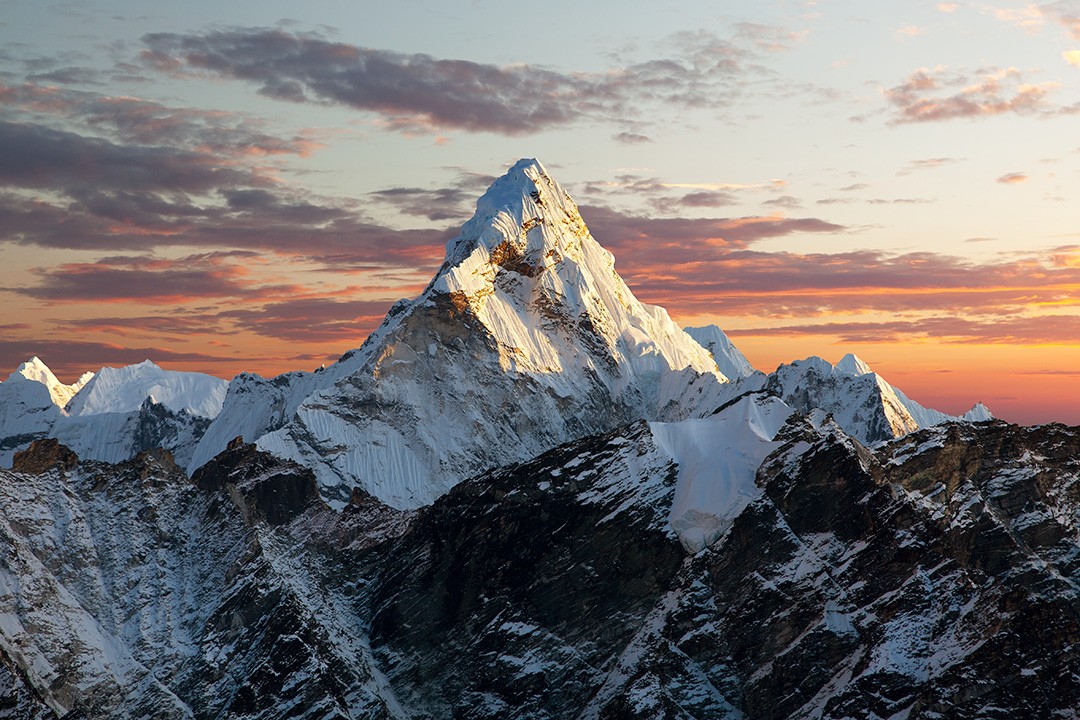Types of mountains
- Get link
- X
- Other Apps
Mountains are remarkable geological formations that dot our planet's surface, adding beauty and majesty to landscapes across the globe. They come in various types, each with unique characteristics shaped by geological processes and environmental factors. Let's explore some of the main types of mountains found around the world:
1. Fold Mountains:
Fold mountains are one of the most common types of mountains on Earth, formed through the folding of rock layers due to tectonic plate movements. When two continental plates collide, the crust buckles and folds, creating uplifted mountain ranges. These mountains often feature long, linear ridges and valleys. Examples of fold mountains include the Himalayas in Asia, the Alps in Europe, and the Andes in South America.
2. Fault-Block Mountains:
Fault-block mountains are formed when large blocks of the Earth's crust are uplifted or down-dropped along faults. As tension forces act on the crust, blocks of rock move upward or downward along fault lines, creating uplifted or depressed mountain ranges. These mountains typically have steep, rugged cliffs on one side and gentle slopes on the other. The Sierra Nevada in California and the Tetons in Wyoming are examples of fault-block mountains.
3. Volcanic Mountains:
Volcanic mountains are created through volcanic activity. They occur where molten rock (magma) rises to the surface through vents or cracks, leading to volcanic eruptions and the accumulation of lava, ash, and other volcanic materials. Over time, repeated volcanic eruptions build up the mountain. These mountains often have conical or dome-shaped peaks and can be found in volcanic hotspots around the world. Famous examples include Mount Vesuvius in Italy, Mount Fuji in Japan, and Mauna Loa in Hawaii.
4. Dome Mountains:
Dome mountains are created by the upwelling of molten rock beneath the Earth's surface, causing the overlying rock layers to buckle and form a rounded or dome-shaped structure. These mountains typically have broad, rounded peaks and gentle slopes. The Black Hills in South Dakota, USA, are an example of dome mountains.
5. Plateau Mountains:
Plateau mountains, also known as table mountains or mesa mountains, are elevated flat-topped landforms with steep sides. They are formed through a combination of volcanic and erosional processes. The lava flows from volcanic activity create a flat surface, which is then uplifted and tilted, resulting in steep cliffs along the edges. The Colorado Plateau in the United States, which includes the Grand Canyon, is a famous example of plateau mountains.
6. Upwarped Mountains:
Upwarped mountains are formed by the slow upward deformation of the Earth's crust. The crust is pushed up from below, forming gentle to moderate slopes. These mountains often have a broad base and rounded peaks. The Adirondack Mountains in New York State, USA, are an example of upwarped mountains.
7. Coastal Mountains:
Coastal mountains are found along coastlines, running parallel to the ocean. They are formed through tectonic processes or as a result of the interaction between tectonic activity and erosion caused by the sea. These mountains often have steep slopes and provide stunning coastal views. The Coast Ranges in California, USA, and the Great Dividing Range in Australia are examples of coastal mountains.
8. Erosion Mountains:
Erosion mountains are created by the erosion of existing landforms over long periods. Erosive forces, such as rivers, glaciers, and wind, gradually wear away the surface, sculpting the land into mountainous terrain. These mountains often have rugged peaks, deep valleys, and distinctive features shaped by erosion. The Appalachian Mountains in the eastern United States are an example of erosion mountains.
Each type of mountain is a testament to the dynamic forces that have shaped our
planet over millions of years. They offer not only spectacular scenery but also provide habitats for diverse ecosystems and serve as sources of freshwater, minerals, and recreational opportunities. Exploring the different types of mountains is a fascinating journey that unveils the Earth's geological history and showcases the power and beauty of nature.
- Get link
- X
- Other Apps

Comments
Post a Comment